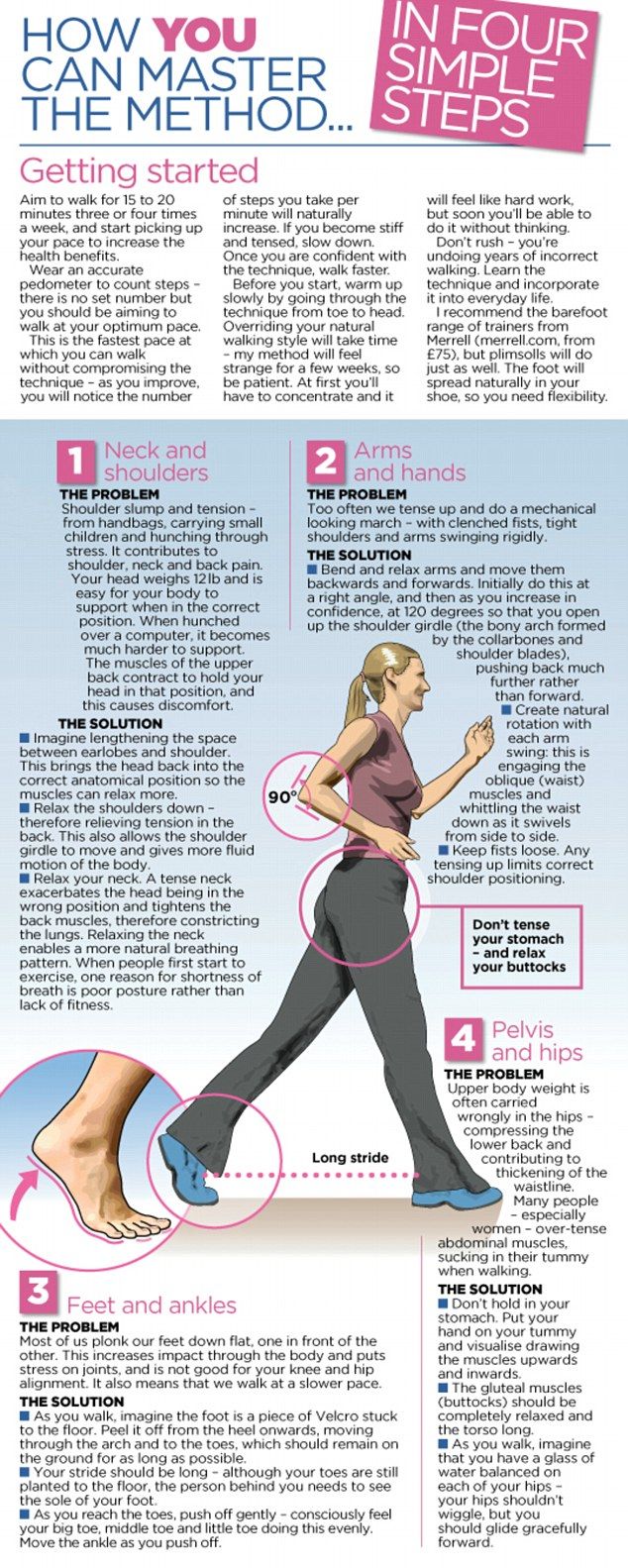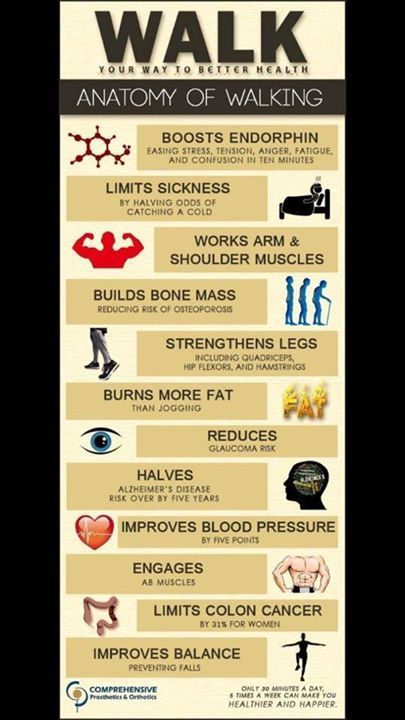How to Get Child Start Walking: Proven Techniques
To get a child to start walking, encourage tummy time and offer support for pulling up. Gentle guidance and reassurance are key in cultivating a safe and supportive environment for your child’s development. Engage in activities that promote balance and coordination, such as holding your child’s hands while they take steps. Celebrate their progress and…










